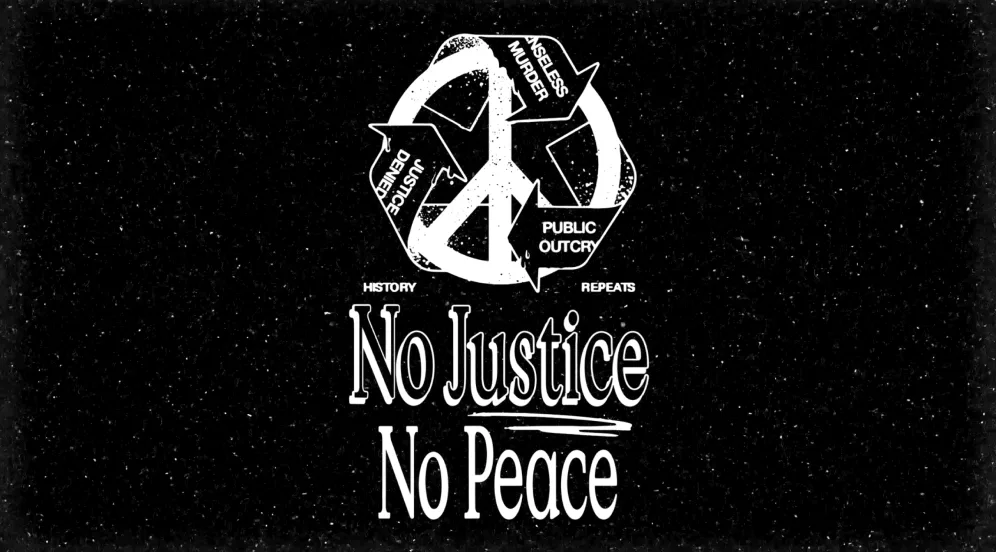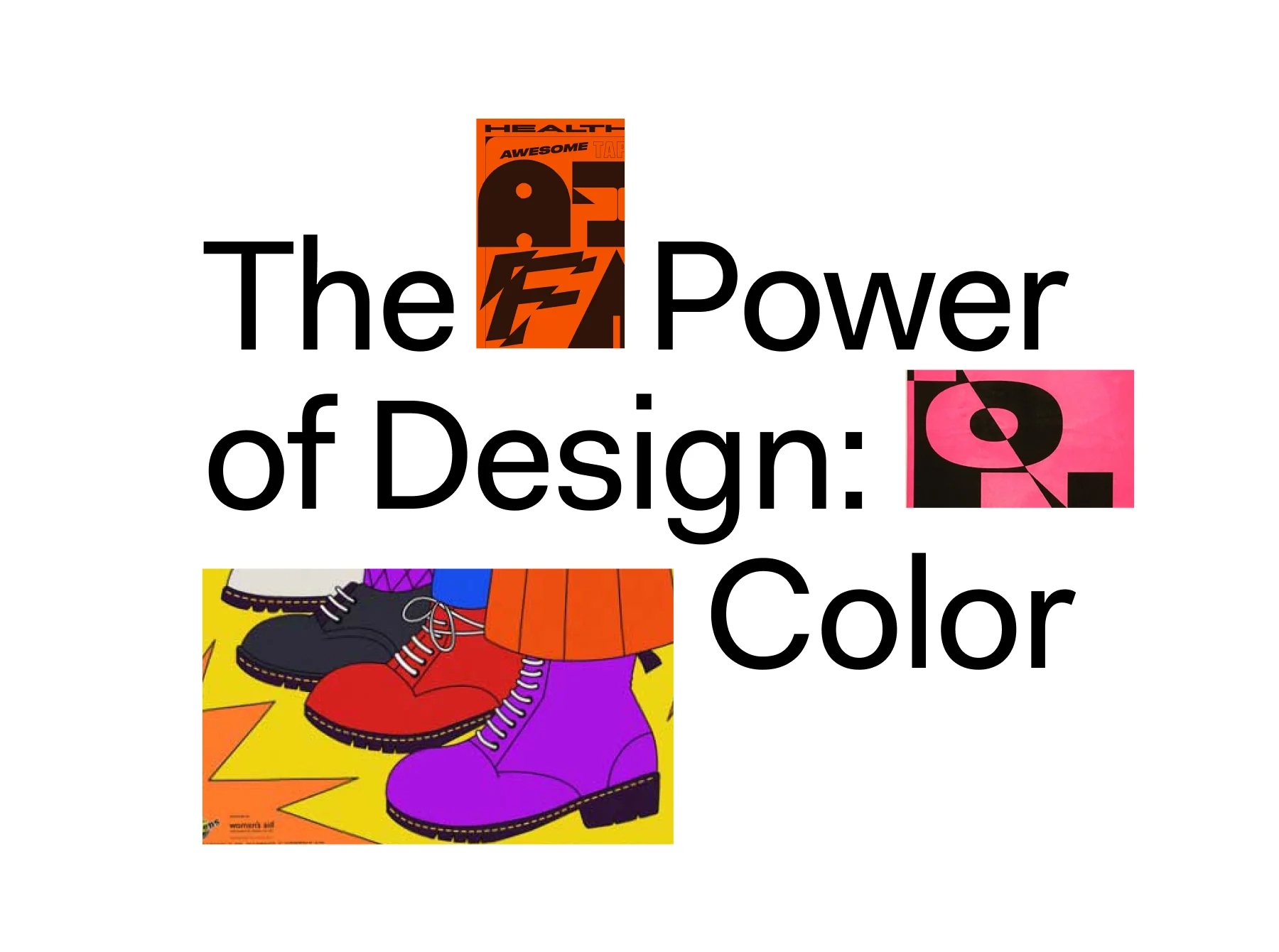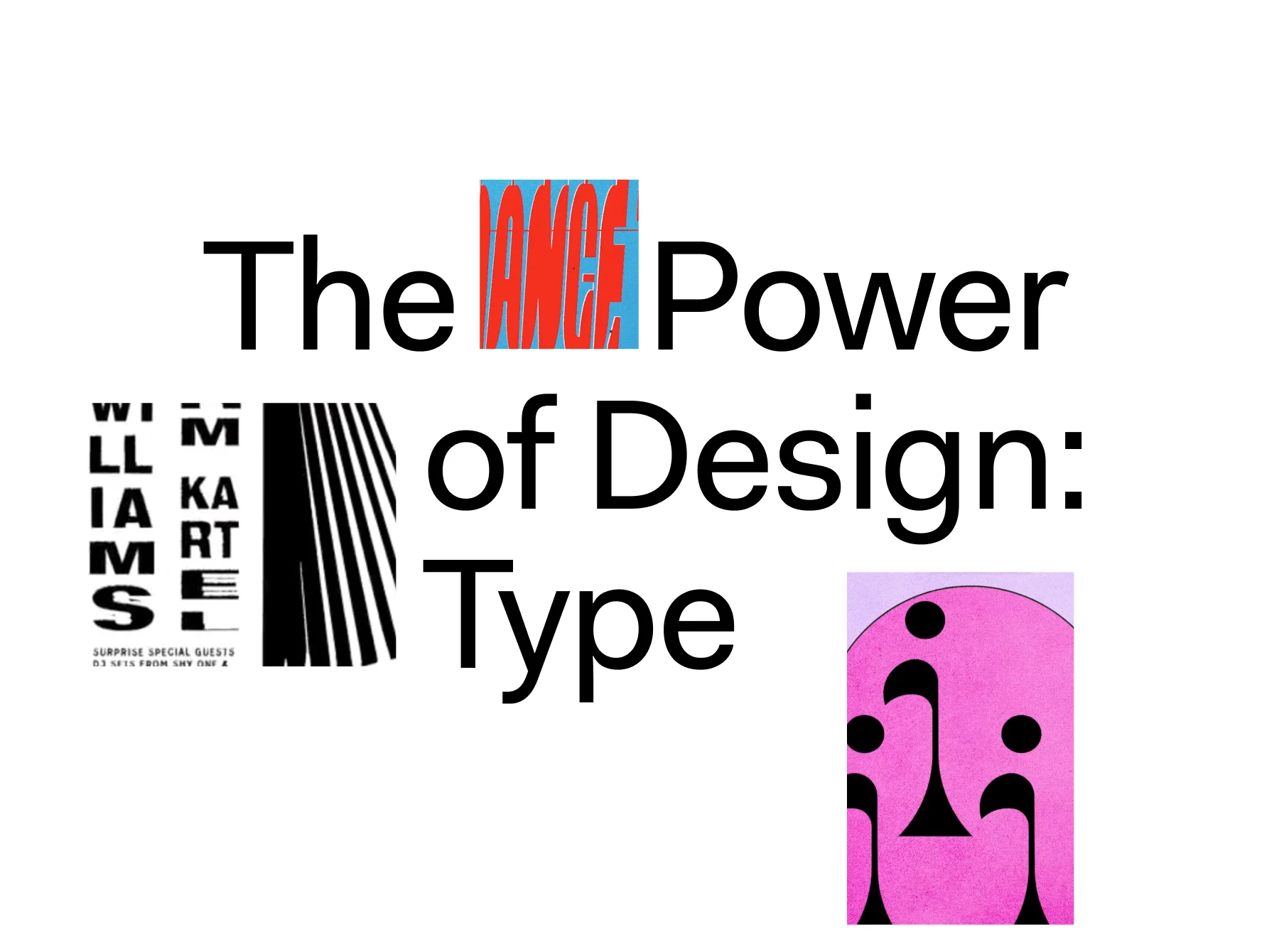

When thinking about the logo of your favorite brand or product, form may not be the first term that springs to mind. You may be more likely to think of the color, or its specific typeface, for example, but form, whether we realize it or not, is equally important. Form could perhaps be described as the unsung hero of the design world, with a quiet power to change our perception through composition or placement. In episode three of our short documentary series, The Power of Design, and in the accompanying feature by Madeleine Morley, we examine the crucial nature of form with New York-based designer Jennet Liaw.
Form has an elusive, difficult-to-define power. Ask an art school professor about form and you might get a textbook definition: It’s the visible shape of something, whether a logo or illustration or the arrangement of fruit in a painting. But form is much more than what is immediately seen; it carries associations, meanings and charged feelings that aren’t easily pinned down or spelled out.
“Form affects our emotional relationship to the things around us,” says designer Jennet Liaw, a multi-disciplinary artist and graphic designer based in New York, known for her evocative illustrated type, hand-painted murals and heavily graphic tees for the likes of Billie Eilish and basketball team The LA Clippers. “Imagine you’re in a fog and there’s a figure coming towards you. Is the figure huge or is it tiny? Is it sharp and spiky or is it fluffy and round? Form produces visceral sensations inside of all of us.”


Jennet has long dedicated herself to the art of form, designing graphics for apparel at Nike and later as part of the merchandising team at Universal Music. Now, while running her own studio in Brooklyn, she lends her densely patterned solutions and wispy hand lettering to projects of varying scales, from a Puma custom shoe design to an intricate illustration for an Airbnb all-over-print.
It was during her time at Nike, however, that Jennet first grasped the immense power that form can lend to a brand and those associated with it. “You just cannot deny the power of the Nike swoosh,” she says, describing how the sensations of movement, energy, forward momentum and performance all coalesce in Nike’s famous logo. “Form is often what draws people to the product or experience of your brand,” says Tristan Le Breton, Creative Director of 99designs by Vistaprint, the global creative platform connecting clients with graphic designers all over the world. In many ways, form is its own language, holding the power to convey multiple ideas quickly, connect people and condense several emotions into one singular expression.

With the ability of form to trigger associations and sensations in people, context becomes key when approaching its use in branding. “Our experiences vary widely depending on whether we grew up in East Asia or North America, so understanding the whole context of a brand is vital,” says Jennet, who begins new projects by asking herself simple questions like: In what geographical context is a form going to appear? What age group is it for? Who am I trying to reach? “Understanding who you’re trying to speak to and then using form as a vessel to reach them helps brands build lasting connections with their audiences,” adds Tristan.
For a designer, grasping where a form will appear is also vital to how it takes shape, especially when designing a brand’s logo. “Will the logo be on the side of a truck? Is it going to be used on socks?” asks Jennet. “Knowing these things will influence the form proportion-wise, and knowing how it should scale will also affect how detailed the form can be.”

This is especially pertinent in our current digital times, when the same form might appear on a street-side billboard or the screen in someone’s hand. “Even when I do physical work like murals these days, I don’t only approach it from the perspective of how someone will see it while standing next to it. Because the truth is, most people will see it on Instagram,” says Jennet. The most successful forms are therefore able to translate fluidly across all their necessary contexts and scales. “Thinking about all of this is so critical when molding that clay figure of what a brand will feel like when it’s coming towards you in the fog,” says Jennet.
Form’s magic, then, comes in part from its proportions, geometry, balance and symmetry. But the style with which it’s rendered, too, can powerfully communicate brand sensibility, whether that’s the sleekness of the Nike swoosh or the rounded, friendly lines forming MailChimp’s winking mascot.
“Today, a lot of brands opt for a very crafted, very playful illustration style in their branding and logo design,” observes 99designs by Vistaprint’s Tristan, “and that’s because it creates a more personalized human connection.” It’s something that Jennet also carefully considers, and it’s a driving force in her own creative output. “No matter how far into the future we are, we’re always going to need that human touch,” she says. “We’re drawn to things like hand lettering and organic forms because we crave authenticity. We crave other human beings around us and the sense that we’re not heading towards a world of algorithms and cold steel.”
When facing a blank, newly white-washed wall for a new mural design, Jennet will send her mind deep into her imaginary “image bank,” a place where she stores the shapes, patterns, details and simple objects that resonate from her memories. She might then begin to paint the shape of a cloud, or the wings of a bird or the four lines and triangle of a house onto the wall’s surface. “I can’t guarantee that these objects will connote the same things in you as they do with me,” she says, “but I think the feeling of home is similar for many of us. Forms can connect us, because they bring us together through mutual feelings.” No form can ever mean the same thing for everyone, but akin to language, forms have the potential to take us to a realm of what’s broadly shared. It’s here that their elusive power comes into focus.

WePresent and 99designs by Vistaprint partnered to create a three-part documentary series on the power of design, focused on type, color and form to inspire design lovers around the world. 99designs by Vistaprint understands that memorable design sets brands apart from the competition to showcase what makes them unique. To illustrate the transformative power of design, they empowered 99 small businesses around the world with a refreshed brand identity. To see these stories of design revival, visit 99designs.com/99daysofdesign.





